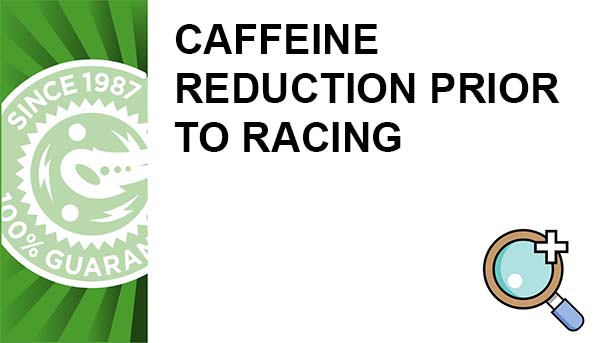By William Misner Ph.D.
The general origin of muscle cramps as defined by sport scientists in human performance laboratories is not well investigated and is therefore not well understood.
Clinically, "Exercise-Associated-Muscle-Cramps or EAMC's have several theoretical causes:
- inherited abnormalities of substrate metabolism ("Metabolic Theory"),
- abnormalities of fluid balance ("Dehydration Theory"),
- abnormalities of serum electrolyte concentrations ("Electrolyte Theory"),
- extreme environmental conditions from heat or cold ("Environmental Theory").
Anyone of the above or a combination of each could stage the physiological environment for a muscle cramp.
In studies, recent data from runners during EAMC do not support a single hypothetical cause from #1-2-3-4 above. Electromyographic(EMG) data collected during these cramp episodes reveals baseline activity is increased (between spasms)...And, reduction of baseline EMG activity correlates well with clinical recovery. During acute cramping EMG activity is high. Passive stretching reduces EMG activity and the stimulus evoking cramp mechanism.
In animal studies, abnormal reflex activity in the muscle spindle (increased exercise) and the Golgi tendon organ (decreased activity) has been observed in fatigued muscle. Schwellnus et al.*, have hypothesized that EAMC is caused by sustained abnormal spinal which appears to be secondary to muscle fatigue. "Local muscle fatigue is responsible for increased muscle spindle afferent and decreased Golgi tendon organ afferent activity. Sustained abnormal reflex activity would explain increased baseline EMG activity between bouts of cramping. Passive stretching invokes afferent activity from the Golgi tendon organ, thereby relieving the cramp and decreasing EMG activity."*
Yes, to slow down and/or stretch it out is already well-known to most of us, because that is what we are coerced to do for relief.
Field "Reports" from athletes who have remedied their tendency to cramp reveal constant attention to intense interval sessions, long endurance training, periodic rest, a balanced diet, and fluid-electrolyte use before and during each exercise session.
Abnormal reflex activity of the muscle spindle may be avoided by subjecting the muscle to excessive stress from the predicted environment of a competitive event. The other alternative is to reduce effort during the event so as to maintain EMG activity below that which may induce a pre-EAMC environment.
*Schwellnus MP, Derman EW, Noakes TD, "Aetiology of skeletal muscle 'cramps' during exercise: a novel hypothesis," J SPORTS SCI,1997 Jun,15:3,277-285.








